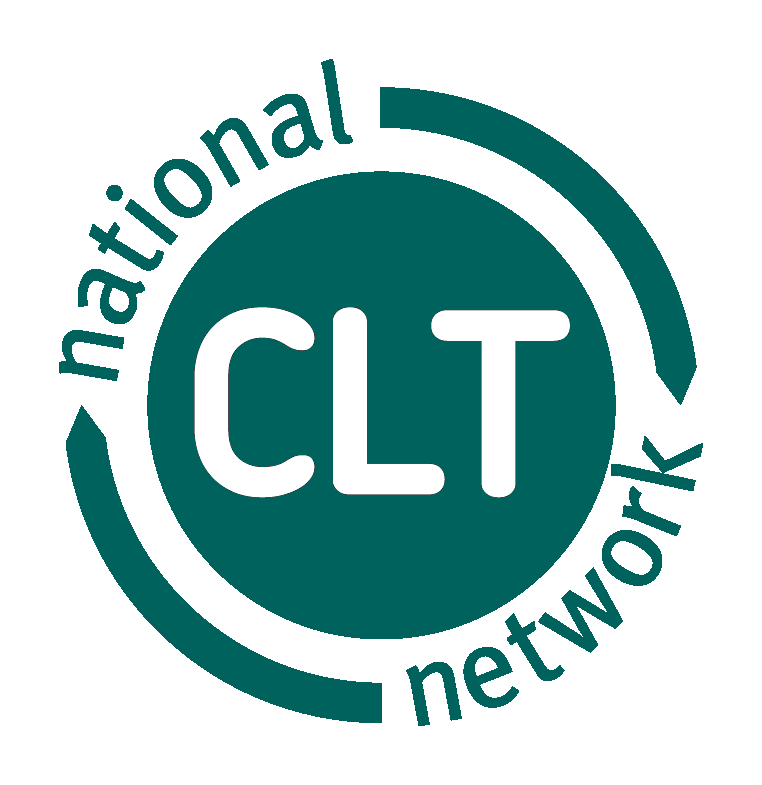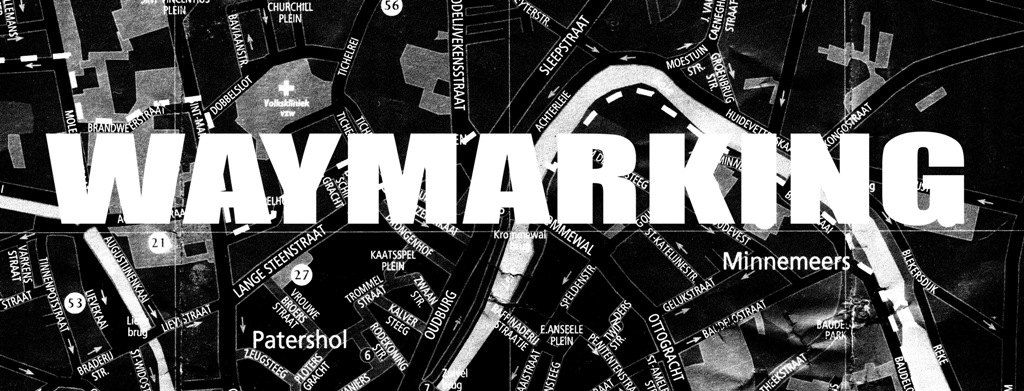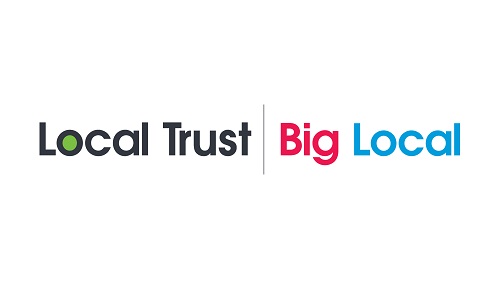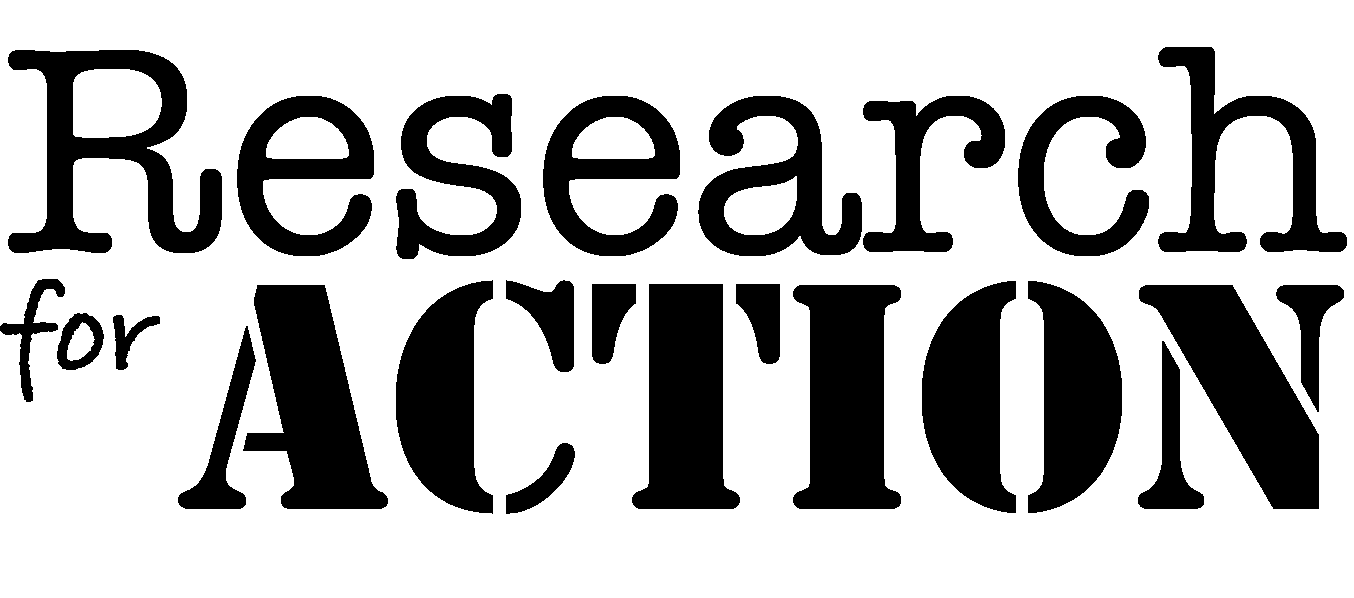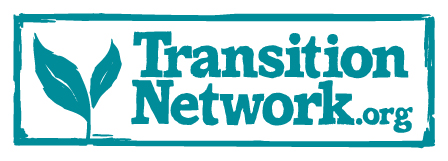Community Land Trusts bring back a semblance of agency and control

A guest post by Tom Chance, Director of CTRLshift Partners the National Community Land Trust Network
We seem to be facing lots of emergencies at the moment. Wrenching our eyes from TV coverage of Brexit, climate change and knife crime for a moment, we also see that our local areas are in need of relief from forces that feel beyond our control
[epq-quote align=”align-left”]”From Liverpool to Toller Porcorum, Bishops Castle to Mile End, people are using Community Land Trusts (CLTs) to bring a semblance of control and agency back.”[/epq-quote]
From Liverpool to Toller Porcorum, Bishops Castle to Mile End, people are using Community Land Trusts (CLTs) to bring a semblance of control and agency back.
Best known for providing affordable housing, CLTs are also saving shops, post offices and community centres that anchor their community. They are trying to create solar farms and community agriculture and landscape conservation. They are providing training, apprenticeships and jobs, and building skills, hope and power among the so-called ‘left behind’ – that is, among themselves.
The heart of the CLT concept is putting land into democratic community ownership, with a legal lock to ensure it is used for that community’s wellbeing.
[epq-quote align=”align-right”]”The heart of the CLT concept is putting land into democratic community ownership, with a legal lock to ensure it is used for that community’s wellbeing.”[/epq-quote]
The housing crisis has been the catalyst for our concept to take off. In just ten years our movement has gone from a handful of pioneers with 30 odd homes, to over 300 CLTs that have built and renovated almost 1,000 homes, with over 5,000 in the works. We have a £163 million government fund in England, and growing support from national and local government and the housebuilding industry. The Welsh Government wants to support more community led approaches to housing, and of course in Scotland the land reform movement has almost brought radicalism to the point of establishment policy. Established players in the housebuilding industry and finance are seeing how they can partner with CLTs, sharing power and control with local communities. We are changing the housing system.
We are also seeing a renewed interest in using CLTs for mostly non-housing purposes; for example a new CLT is just launching in Shropshire, focused on wildlife and conservation.
The CTRLshift summit will bring together many sources of inspiration for CLTs, and I hope the inspiration is mutual.
[epq-quote align=”align-left”]”The CTRLshift summit is spot on. Let’s get the whole system in the room and see how we can be more powerful together.”[/epq-quote]
When I’ve visited CLTs their members rarely just tell me about housing units. They describe how their community ticks, and what it needs to thrive. They can be inspired by the vision and achievements of Transition Towns – some of which have started CLTs. They can learn from Community Energy England’s members, doing more to generate renewable energy, and perhaps inspire those energy companies to branch out into other local services. They can think about how they deepen democracy within their organisation, and their wider community.
One of my priorities – which came from talking with our members – is to persuade politicians and industry that communities can take the lead. That this can be a powerful way to bring fractured communities together, and to achieve ends that government and industry want too – more affordable homes, cohesive communities, environmental change. This message is common to many of the CTRLshift partners, and is one that will be amplified if we say it with one voice.
The CTRLshift summit is spot on. Let’s get the whole system in the room and see how we can be more powerful together.


